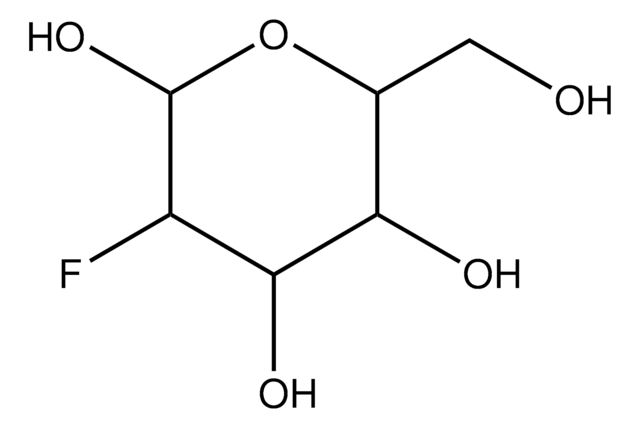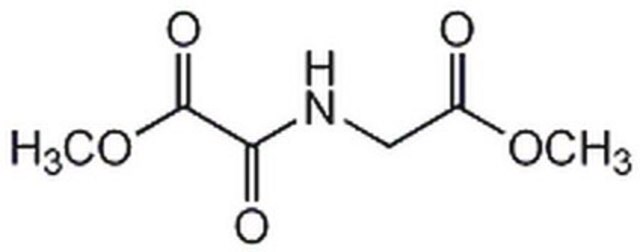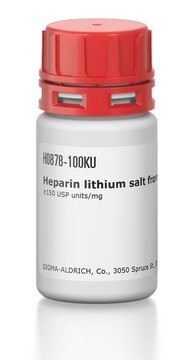D5694
Anti-DCP1A (N-terminal) antibody produced in rabbit
~1.0 mg/mL, affinity isolated antibody, buffered aqueous solution
동의어(들):
Anti-DCP1 Decapping enzyme 1, homolog A, Anti-SMAD 4-interacting transciption factor, Anti-SMAD 4-interacting transciptional co-activator, Anti-SMAD4IP1, Anti-SMIF
About This Item
추천 제품
생물학적 소스
rabbit
결합
unconjugated
항체 형태
affinity isolated antibody
항체 생산 유형
primary antibodies
클론
polyclonal
양식
buffered aqueous solution
분자량
antigen ~70 kDa
종 반응성
rat, human, mouse
농도
~1.0 mg/mL
기술
immunoprecipitation (IP): 5-10 μg using lysates of HEK-293T
indirect immunofluorescence: 2-5 μg/mL using paraformaldehyde-fixed NIH-3T3 cells over-expressign human DCP1A
western blot: 1-2 μg/mL using lysates of HEK-293T cells over-expressing human DCP1A
UniProt 수납 번호
배송 상태
dry ice
저장 온도
−20°C
타겟 번역 후 변형
unmodified
유전자 정보
human ... DCP1A(55802)
mouse ... Dcp1a(75901)
rat ... Dcp1a(361109)
일반 설명
애플리케이션
- immunoblotting
- immunofluorescence
- immunoprecipitation
생화학적/생리학적 작용
물리적 형태
면책조항
적합한 제품을 찾을 수 없으신가요?
당사의 제품 선택기 도구.을(를) 시도해 보세요.
관련 제품
Storage Class Code
10 - Combustible liquids
Flash Point (°F)
Not applicable
Flash Point (°C)
Not applicable
개인 보호 장비
Eyeshields, Gloves, multi-purpose combination respirator cartridge (US)
가장 최신 버전 중 하나를 선택하세요:
자사의 과학자팀은 생명 과학, 재료 과학, 화학 합성, 크로마토그래피, 분석 및 기타 많은 영역을 포함한 모든 과학 분야에 경험이 있습니다..
고객지원팀으로 연락바랍니다.








